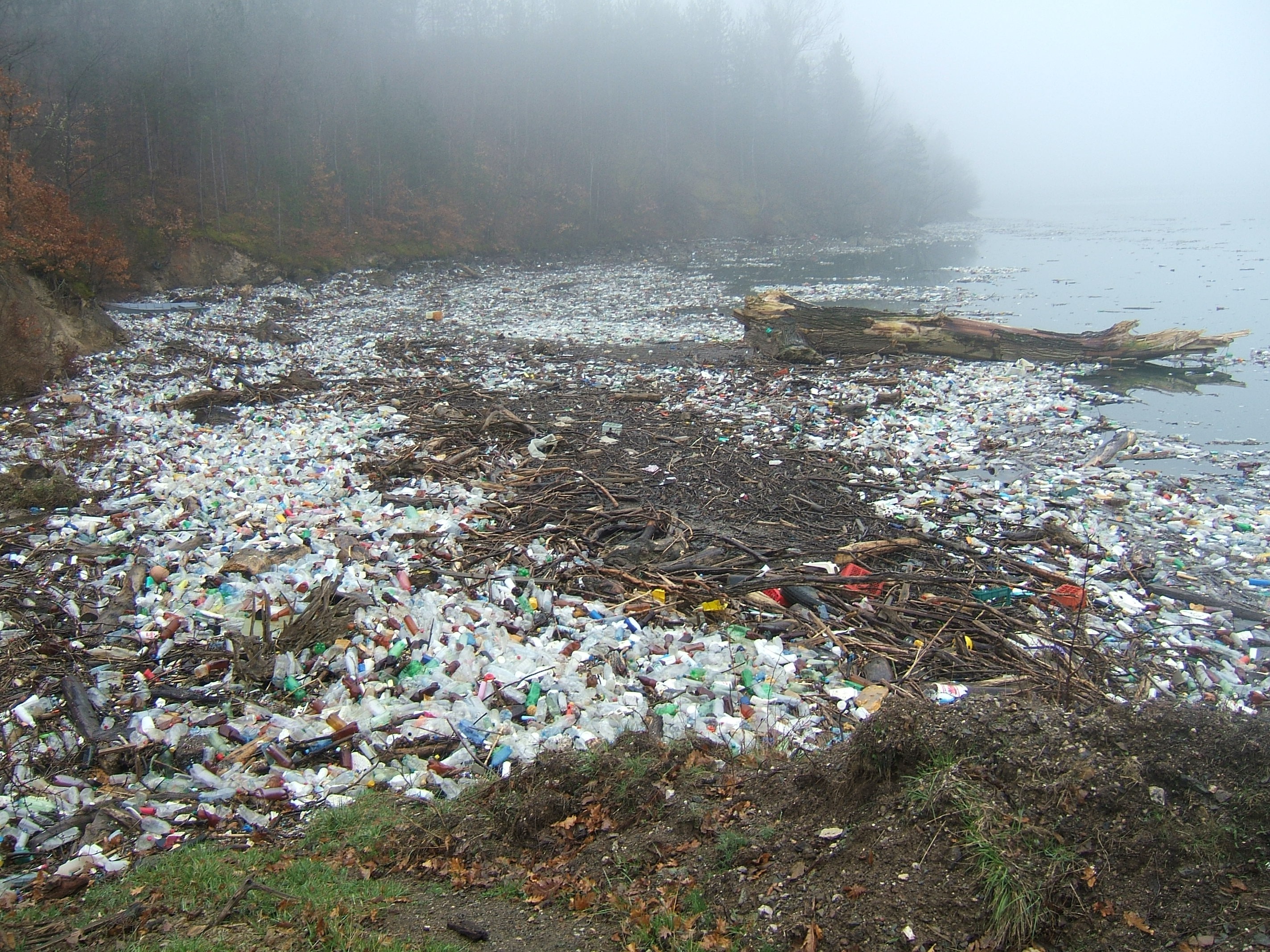
Punitive damages: a blessing or a curse?
Dutch tort law has recently undergone changes with the passing of the WAMCA (wet afwikkeling massaschade in collectieve actie). The recent changes brought to 3:305a BW by the WAMCA enable a form of class-action modelled after American practices. The ‘Americanization’ of Dutch private law has been a continuous trend. As early as 2017 the famous ‘LegalEagle’, Ton Hartlief has advocated for the introduction of punitive damages within Dutch tort law. His plea for the instalment of punitive damages was primarily founded on the idea of prevention. Punitive damages would supposedly not only pressure possible tortfeasors into being more diligent, but also specifically deter calculated malicious actors in the realm of antitrust.
Consequently, fertile soil has been created for the introduction of punitive damages in the Netherlands. The call for the introduction of punitive damages within Dutch tort law has raised questions about the desirability of said damages. Are they a feasible force for good or merely a product of theoretical academic contemplation? To answer the question this piece wishes to describe the visions on tort law and weigh the arguments for and against the institute of punitive damages.
Consequently, fertile soil has been created for the introduction of punitive damages in the Netherlands. The call for the introduction of punitive damages within Dutch tort law has raised questions about the desirability of said damages. Are they a feasible force for good or merely a product of theoretical academic contemplation? To answer the question this piece wishes to describe the visions on tort law and weigh the arguments for and against the institute of punitive damages.



